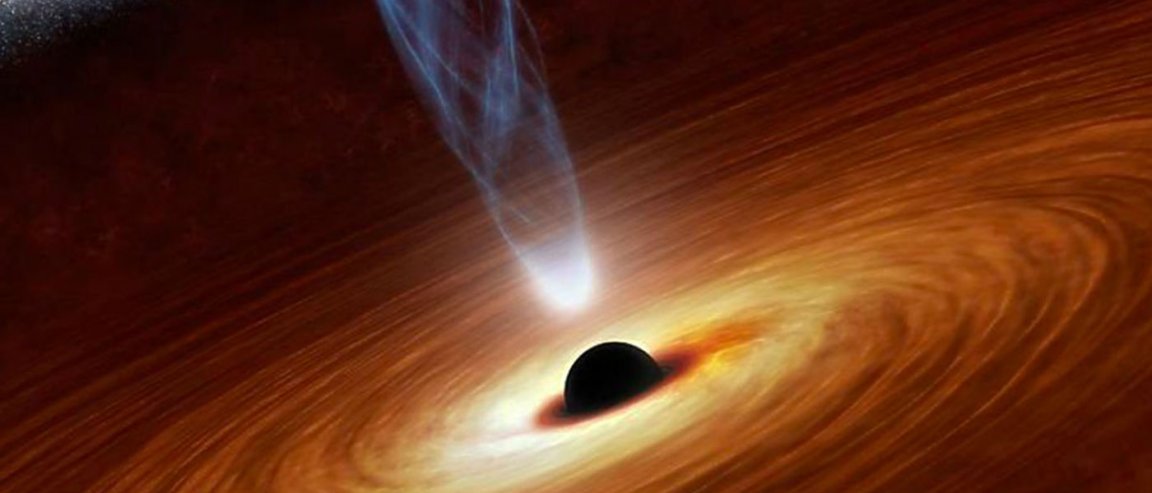
Black holes are the most massive objects in the known universe. We have discovered a number that put our Sun (and our entirely solar system) to shame. In fact, just this past year, scientists discovered a supermassive black hole that is some 12 billion times as massive as our own Sun. Were it placed in the center of our solar system (decidedly not a good idea), it would easily dominate our little corner of the universe.
Fortunately, supermassive black holes generally don’t reside at the center of solar systems; rather, they are found at the center of galaxies. Scientists aren’t exactly sure how they form, but it is believed that they start out as stellar mass black holes (which are black holes that form as a result of either the core collapse of a supernova or the merger of massive objects, like neutron stars).

Over the course of millions of years, these stellar mass black holes consume more and more material, slowly growing into supermassive black holes. Galactic collisions may assist in this process and speed things up a bit, as it is believed that, during galaxy mergers, massive black holes may be drawn towards one another and eventually come together.
But what happens to a black hole when it collides with another black hole?
Researchers from Cornell University, the California Institute of Technology, and MIT teamed together to try and answer this cosmic quandary. The research was led by Cornell’s Andy Bohn, and it attempts to show what an observer in the vicinity of a black hole merger would actually see (were they able to survive the encounter). Although previous models have attempted to highlight what such collisions would actually looke like, Bohn’s proposal is a little different. As the paper notes:
This is in contrast to most BBH visualizations, in which the positions or horizons of the two black holes are simply shown as a function of time in some coordinate system. We instead compute the paths of light rays that enter the observer’s eye or camera to find what would actually be seen. Furthermore, this path must be computed in the fully time-dependent space-time, as the orbital velocities for a black-hole binary are typically large enough that the system cannot be approximated as time-independent during the time taken by the photons to travel across it.

Ultimately, this model, which better accounts for the properties of gravitational lensing on the eye of the observer, allowed the group to produce the image that is shown above, which depicts two black holes merging near our own Galaxy Milky Way.
The paper goes on to explain what is seen here: “Black holes are the most compact gravitating objects in the universe, with such strong gravitational fields that not even light can escape them. In the vicinity of a black hole, light rays can be very strongly deflected from a straight-line path, sometimes orbiting around the black hole before continuing on their way.”
You can read the whole paper, and also get a comprehensive discussion of the modeling, here.